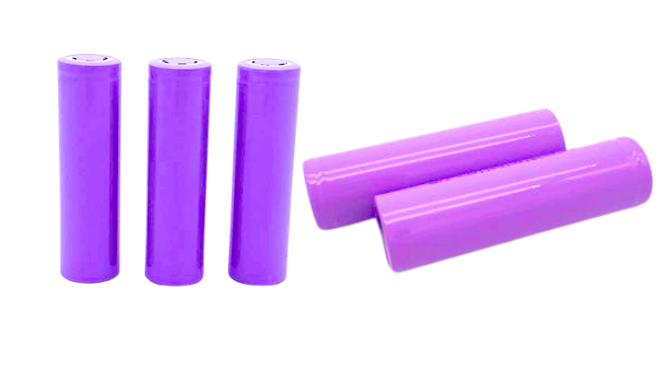What is the manufacturing process of 26650 lithium battery?
From the perspective of production technology, the entire production process can be divided into the electrode manufacturing stage (initial process), cell assembly stage (intermediate process), and cell activation and testing stage (later process).
The initial process focuses on the production of positive and negative electrodes, covering multiple key steps such as stirring, coating, rolling, slitting, and die-cutting.
During the stirring process, the solid battery materials with positive and negative electrodes will be mixed with solvents, conductive agents, and binders and stirred until they form a slurry.

The coating step is to evenly apply the stirred slurry onto the metal foil, dry it to form positive and negative electrode sheets, where the positive electrode is coated on the aluminum foil and the negative electrode is coated on the copper foil. This step is the core link in the preliminary process.
The rolling process further compacts the coated electrode sheet to enhance the energy density of the battery.
Slitting is the continuous cutting of a wide pole piece into multiple narrow strips of the desired width.
Die cutting is the process of punching the segmented pole pieces into specific shapes to form pole ears.
The mid-term process focuses on the assembly of battery cells, including key steps such as winding or stacking, packaging the battery cells into the shell, and liquid injection.
In the winding or laminating process, the pole pieces are wound or laminated into the shape of battery cells, which represent different manufacturing processes and are often the bottleneck in the entire battery production process.
Cell in shell packaging is the process of placing coiled or stacked cells into an outer shell. The square aluminum shell is used for square shell batteries, while the aluminum-plastic film is used for soft pack batteries. The battery cover plate is then welded and packaged.
The injection process involves quantitatively injecting pre configured battery electrolyte into the battery cells, and thus the main production process of the battery has been completed.
The later stages focus on the activation and detection of the battery cells, including steps such as chemical aging, capacitance separation, and detection.
The aging process involves charging and activating the battery cell, and measuring its capacity.
The capacity division step is to test the electrical performance indicators and capacity of the battery, and classify it according to the results.
The final testing process includes appearance inspection and internal structure inspection to ensure that the battery quality meets the standards before it can be taken offline.
It is worth mentioning that the entire production process of the battery cells, from initial mixing to final testing, takes about 10 days. This is significantly different from the production cycle of traditional components. If it is necessary to switch between producing different types of battery cells during the production process, switching from one type of battery cell to another may take 3 to 7 days to complete the adjustment. Therefore, the production cycle of battery cells is relatively long, requiring precise production planning and management to ensure production efficiency and quality.
